Verbatims are wonderful tools to find out more about your customers and what they think about your brand, products and services. This article shows how to make good use of the customer’s voice through several use cases for each department: Marketing, Sales, Customer Services, R&D, etc. And as a bonus, a list of open-ended questions...
Verbatims are wonderful tools to find out more about your customers and what they think about your brand, products and services. This article shows how to make good use of the customer’s voice through several use cases for each department: Marketing, Sales, Customer Services, R&D, etc.
And as a bonus, a list of open-ended questions to ask your customers has been included at the end, to collect their verbatims.
A Few Examples of Verbatim Use in Different Company Departments: Sales, Marketing, Product / R&D, Customer Services, etc.
The topic of customer verbatims has returned to the forefront in recent years. The first reason for this revival is that organisations have become more aware of the importance of listening to the Voice of the Customer.
The second reason is related to technological progress. In the past, customer verbatim analysis was time-consuming and difficult to scale. Today, verbatims collected through open-ended survey questions can be partially automated. We discussed this further in our article: “How to Use Verbatim Analysis to Transform Customer Comments into Steering KPIs”.

We recommend adding open-ended questions to your surveys in order to collect this “qualitative” feedback, which are your customers’ own words. They perfectly complement “quantitative” data, which you can collect via closed questions.
So, what exactly can verbatims be used for in your company? Why and how should you integrate them onto your dashboards and into other reporting tools? To answer these questions, let’s take a look at several use cases for different departments: sales, product (or R&D), customer service (or Customer Success) and finally, marketing.
Verbatim Use Cases for the Sales Department
Your sales department’s performances are partly based on the quality of their sales arguments, whether inside or outside reps. How can they sell better? By using the very best sales arguments. And what are the best sales arguments? Those that are the most in line with your customers’ needs and expectations, that match their motivations and objectives.
This is where verbatims come into play. They can help you to:
- Better qualify your customers’ needs, in the broadest possible sense.
- Identify your current sales force’s weaknesses and strengths.
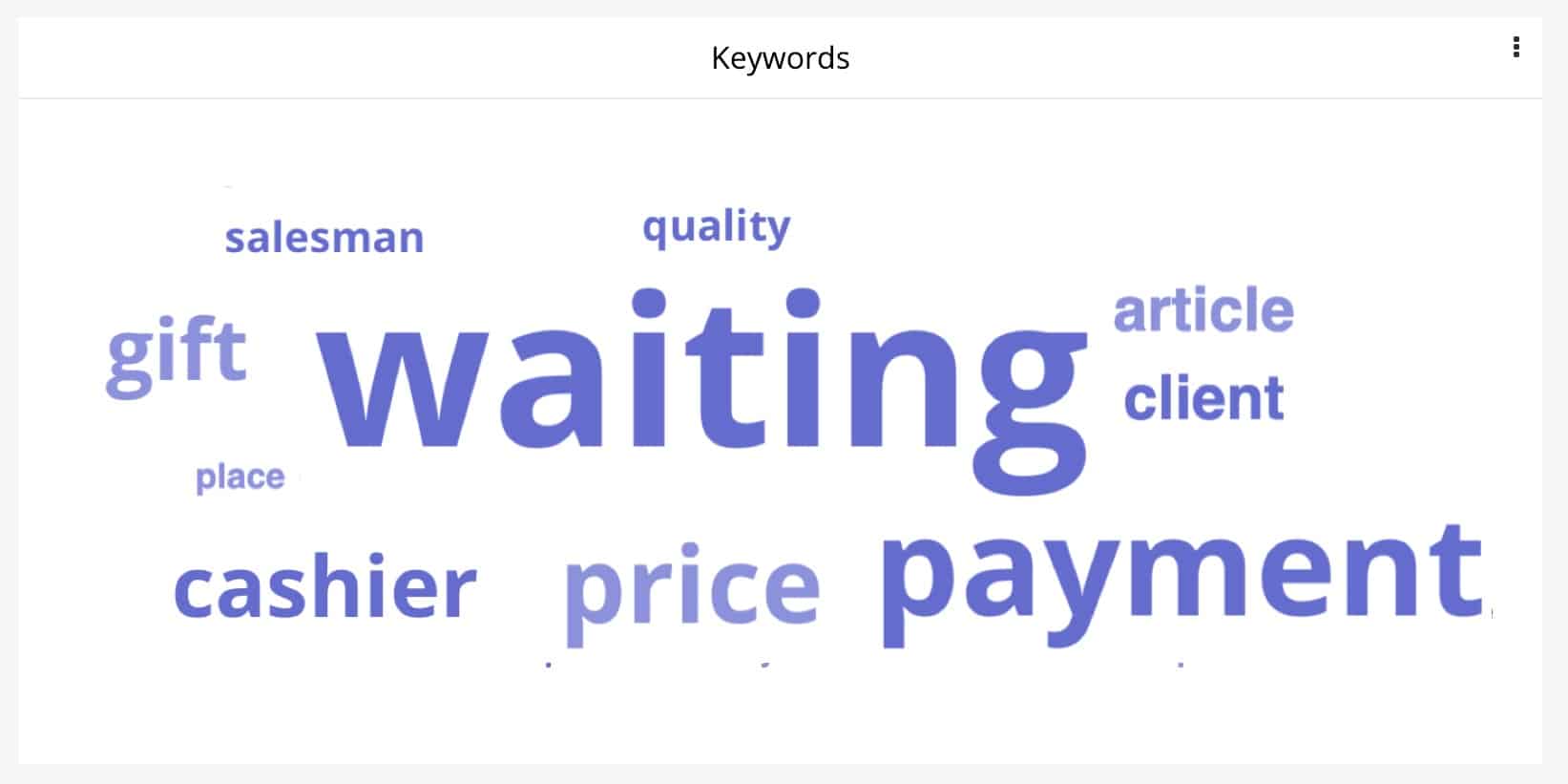
The sales department is often the one that is most impacted by verbatims.
Verbatim Use Case for the Product Department, or R&D
The product department, or R&D, aims to improve existing products and develop new ones. Verbatims can be a precious resource to help this department with decision-making and strategic choices.
Do you want to improve your existing products? Develop new ones? Test the potential of a product idea? Then, ask your customers open-ended questions and collect their verbatims. Ask them how you could improve your products, or if your product idea could be of interest and meet one of their needs. We often encourage our clients to build a “Voice of the Customer” dashboard for their product teams.
Verbatim Use Case for Customer Services, or the Customer Success Department
One of the main challenges faced by customer services or the Customer Success department (for B2B), is ensuring a good quality and smooth post-purchasing journey. Once a lead becomes a customer, how do you nurture a quality relationship with them to maintain their engagement, encourage them to buy again, renew a subscription, and build long-term loyalty?
This is where verbatims have an important role to play. Collected via surveys, these verbatims can help you to:
- Identify irritants on the customer journey.
- Understand reasons for dissatisfaction and satisfaction.
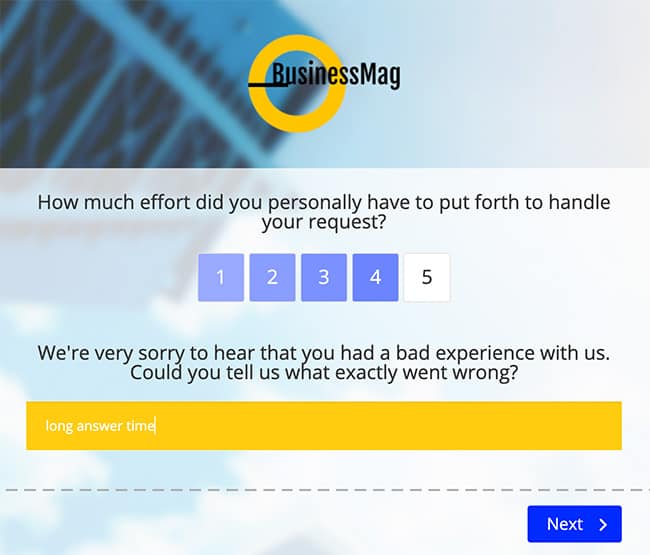
We recommend sending surveys immediately after an interaction or upon completion of a step, in order to evaluate: an interaction with customer services / Customer Success, a new purchase, upsell, etc. This will result in more precise verbatims.
Verbatim Use Case for the Marketing Department
Let’s not forget about the marketing department, which can also gain a lot from customer verbatims. There are several use cases:
- Identifying the brand’s strengths.
- Understanding the benefits of the brand in relation to competition.
- Understanding the marketing positioning of the brand on the market, and in particular the relationship between the image that the brand wishes to project, and the image perceived by the customer.
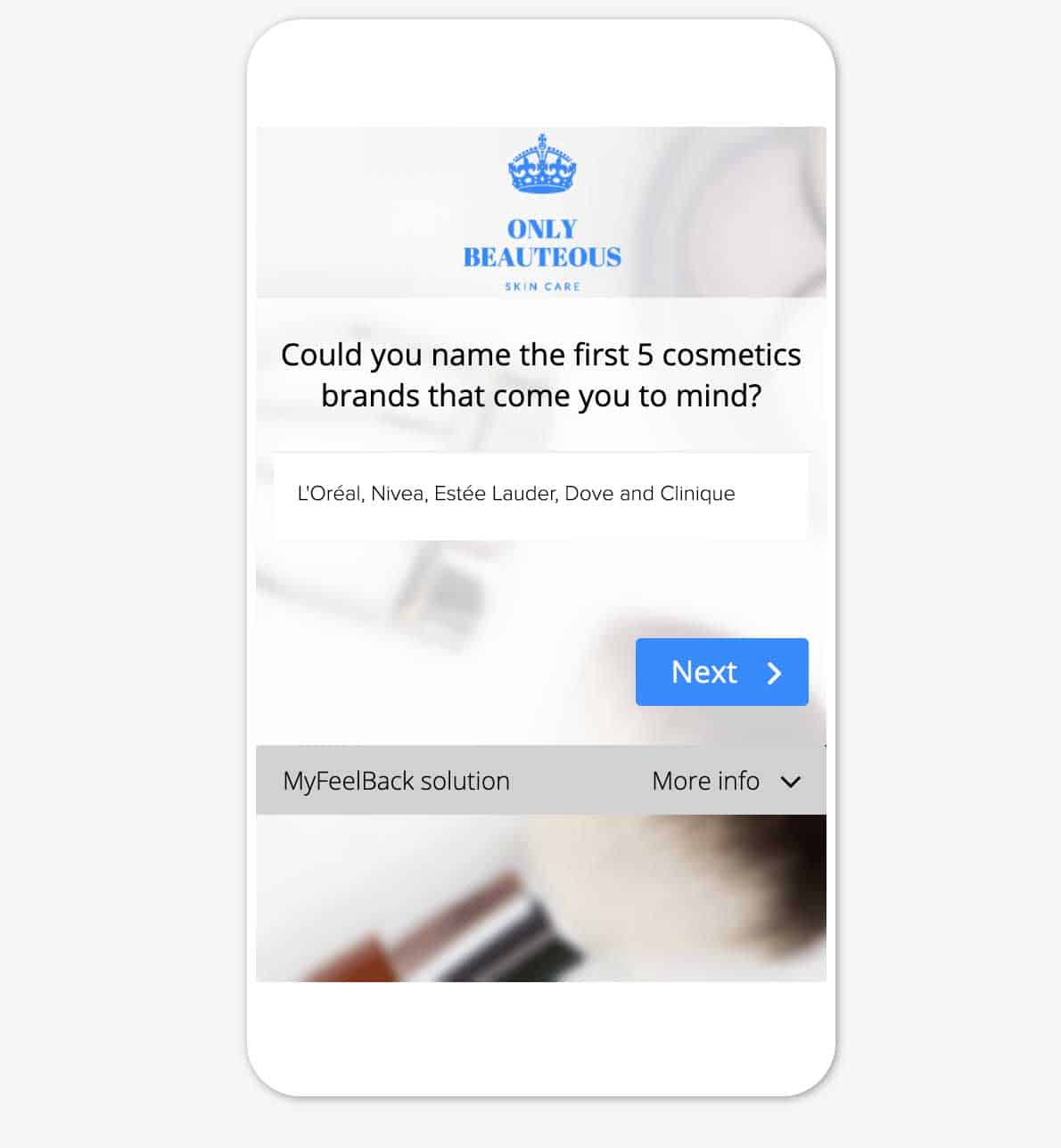
These are just a few use case examples among many. As you can see, verbatims can be hugely beneficial. We will now take a look at several examples of open-ended questions that can be added to your surveys in order to collect customer verbatims.
15+ Open-Ended Sample Questions to Collect Verbatims
Below are several examples of open-ended questions to include in your surveys in order to collect customer verbatims.
A Few Preliminary Remarks
Although there are multiple use cases for verbatims, the same questions can be used for all departments. For example, answers to the question “In your opinion, what are the advantages of [Your brand] over [Name of a competitor]?” can be used by both:
- The marketing department, to identify the brand’s differentiating elements and strengths, to be highlighted in any brand communications.
- And the sales department, to identify the best sales arguments.
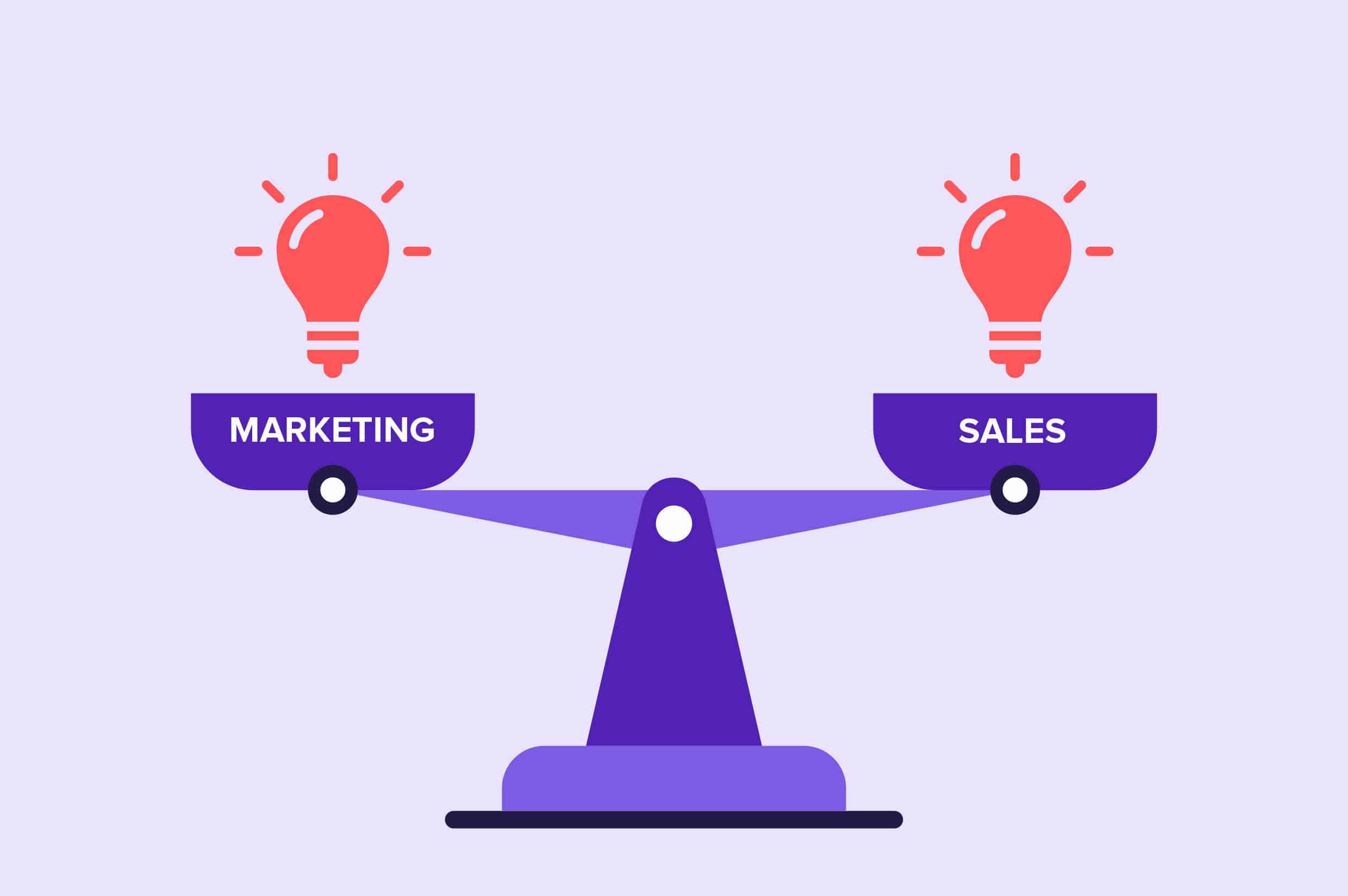
Most of the open-ended questions listed below can be asked at a later date, in several different contexts. This is the case, for example, of the question asked above about the advantages of a brand. Others are more directly associated with a specific context, a stage in the customer journey, a touch point, for example customer services, the ordering process, etc. In this case, it makes more sense to ask the open-ended question immediately, for example in a satisfaction survey sent right after an interaction.
To find out more, read our article “Why and How to Use Open-Ended Questions”.
15+ Examples of Open-Ended Questions
Without further ado, here are several examples of open-ended questions, to help you build your surveys and collect verbatims:
- What are your main expectations from [Type of business, for example your bank, software provider, insurance company…]?
- How would you rate our products’ value for money?
- What is your favourite product/service? The respondent selects an answer from a list. This (closed) question is then followed by an open-ended question: “Why?”. This simple follow-up question is particularly effective when collecting customer verbatims about your products.
- Which adjective best describes our brand? You can replace “adjective” by “verb”.
- What are your main buying criteria?
- In your opinion, what are the criteria for the success of your project? This example and the following are examples of open-ended B2B questions.
- What are your short-term objectives? Medium term? Long term?
- What do you like most about our brand?
- And what do you like the least?
- In your opinion, what is the advantage of [Name of your brand] over [Competitor]?
- Help us improve the quality of our service. In your opinion, what are the main areas we can improve?
- Have you ever encountered difficulties navigating on our website? If yes, what were they?
- Have you downloaded our mobile app?
- If no: for what reasons?
- If yes: we would like to update our mobile app to make it even more user-friendly for our customers. In your opinion, what are the main areas that can be improved?
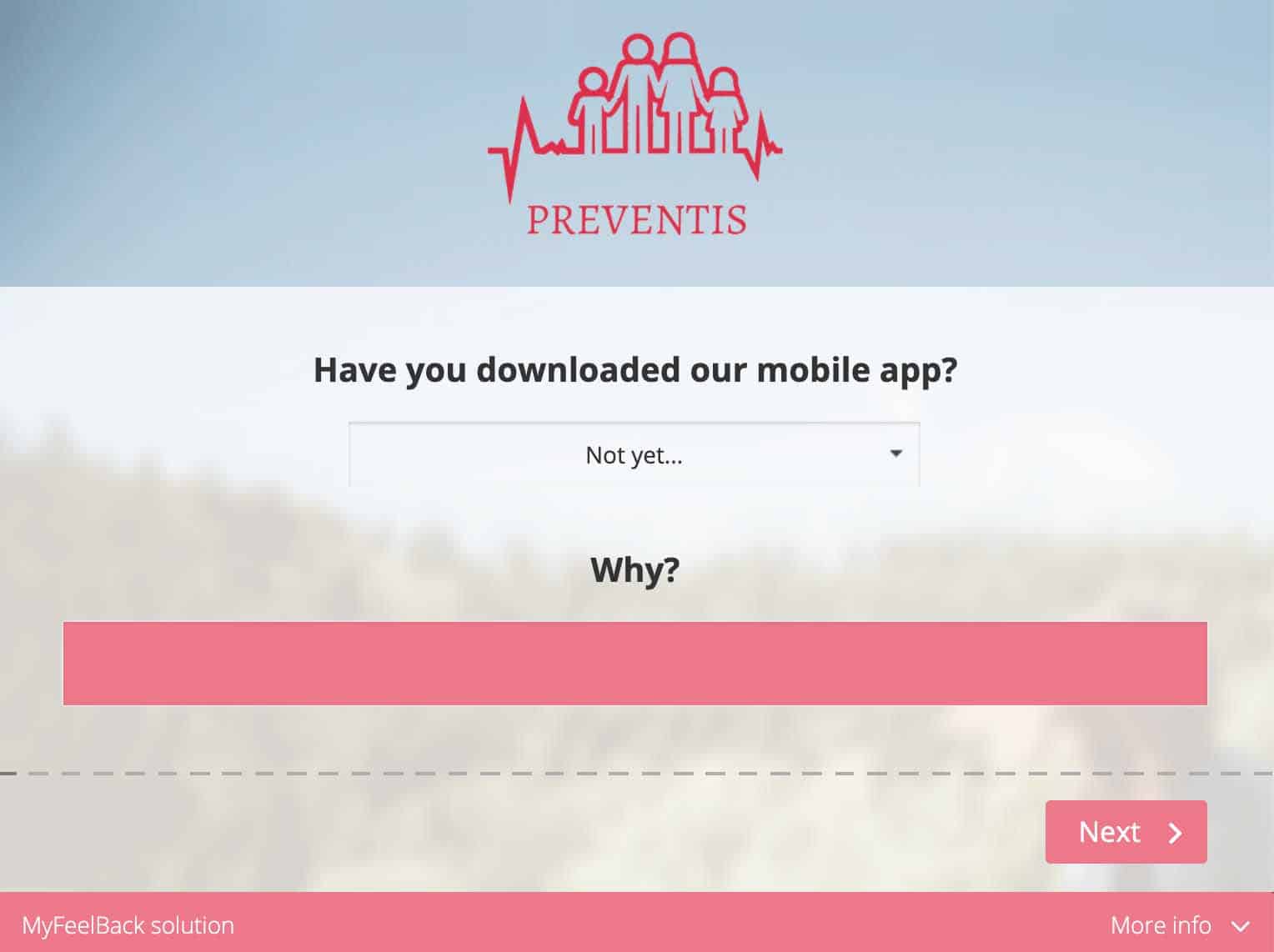
- You would like to end our business relationship. What are the main reasons?
- You have just visited our store [shop name]. Do you have any suggestions of ways we could improve your experience?
- You have just made an online purchase. In your opinion, which adjectives best describe your buying journey on our website?
As you may know, you can add images to your surveys with MyFeelBack, which create multiple possibilities. You could for example ask the respondent to observe an image for several seconds, such as the new packaging for a product. On the next page of your survey, you could then ask the respondent what they remember about the image (to find out if the image is impactful or not) or what it brings to mind. This is an original approach that can lead to interesting verbatims, particularly for the Marketing and Product departments.
We hope that this article has convinced you of the importance of integrating customer verbatims into your different departments’ dashboards. If you have any questions or need some advice, feel free to get in touch. We would be happy to help!








